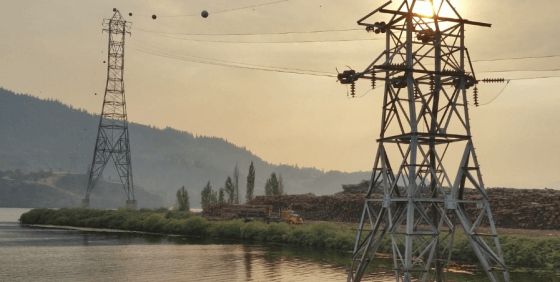Introduction to Industrial Control Systems
How SCADA Works
Choosing the right mode of SCADA transmission
When thinking if SCADA is right for you and your organization, there are 4 main things to consider:
- Your Existing Technology and Requirements
- Deployment Economics
- Event Driven Costs
- Limitations
Existing Technology and Requirements
The first thing to think about is your existing technology. Do you have any existing systems where you can start to leverage and optimize your investment by adding Industrial Control functionality?
DMR Tier 3 is a perfect example of a system that could provide the need for voice, dispatching, controlling, and protecting workers. You can get an even greater return on investment by implementing SCADA over DMR Tier 3.
SCADA over DMR Tier 3 does impose some limitations such as capacity and latency limitations. Therefore, it is not universal for every type of SCADA use case. But where there is a requirement for a voice network, that is when DMR Tier 3 for SCADA becomes an ideal use case.
Deployment Economics
The second thing to consider is where specifically to deploy your SCADA network and the economics surrounding deployment. Where does it cost me the most to send support teams? Is it a mountaintop? Is it in a waterway where there are power systems running?

If you require wide are coverage, including areas that are difficult to reach, then that is the sweet spot for a radio system. If you have a small area that is easy to reach, something like Fiber might be preferred.
Event Driven Costs
Thirdly, consider events and which events drive the most cost. For example, a widespread outage would typically mean rolling all trucks. If the system could indicate exactly where to send one truck, this could save a tremendous amount of money. By considering the savings your SCADA system will bring to the organization, you may be able to justify the spend on a new network.
Furthermore, you want to invest in a SCADA network that won’t fail you when you need it most, during a large event. This is where choosing a Mission Critical network like DMR Tier 3 or Fiber can provide greater benefit.
Limitations
There are certain SCADA use cases that are simply not suitable for radio or for DMR Tier 3. They are typically related to latency. For a transaction between a measurement point and a host application that needs to be under two or three seconds, this cannot be achieved with DMR today.
Future standards will improve on that, but today, in a snapshot; you would have to look at something that has a faster response time than DMR Tier 3 (such as fiber).
There are other instances where you have much higher security requirements. Although DMR Tier 3 is secure through an AES type encryption, it will not meet the mandates of some critical infrastructure protection rules.
Lastly, if the focus is on industrial control and voice is not a requirement, then DMR Tier 3 may not be the best network. However, as a cost case is built around various solutions, DMR Tier 3 may be part of that discussion because it is both wide area and mission critical attributes.
 Radio Academy
Radio Academy





